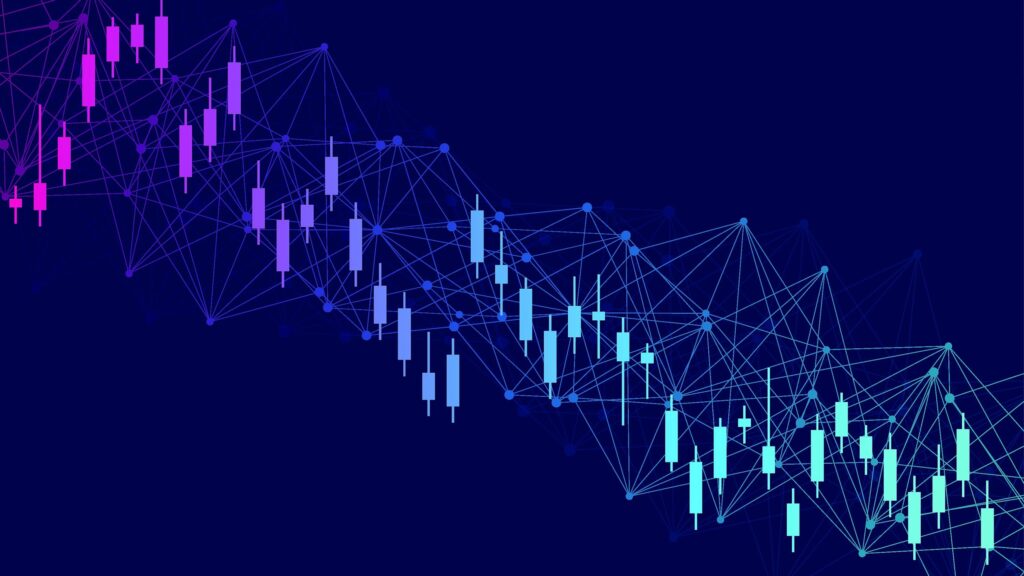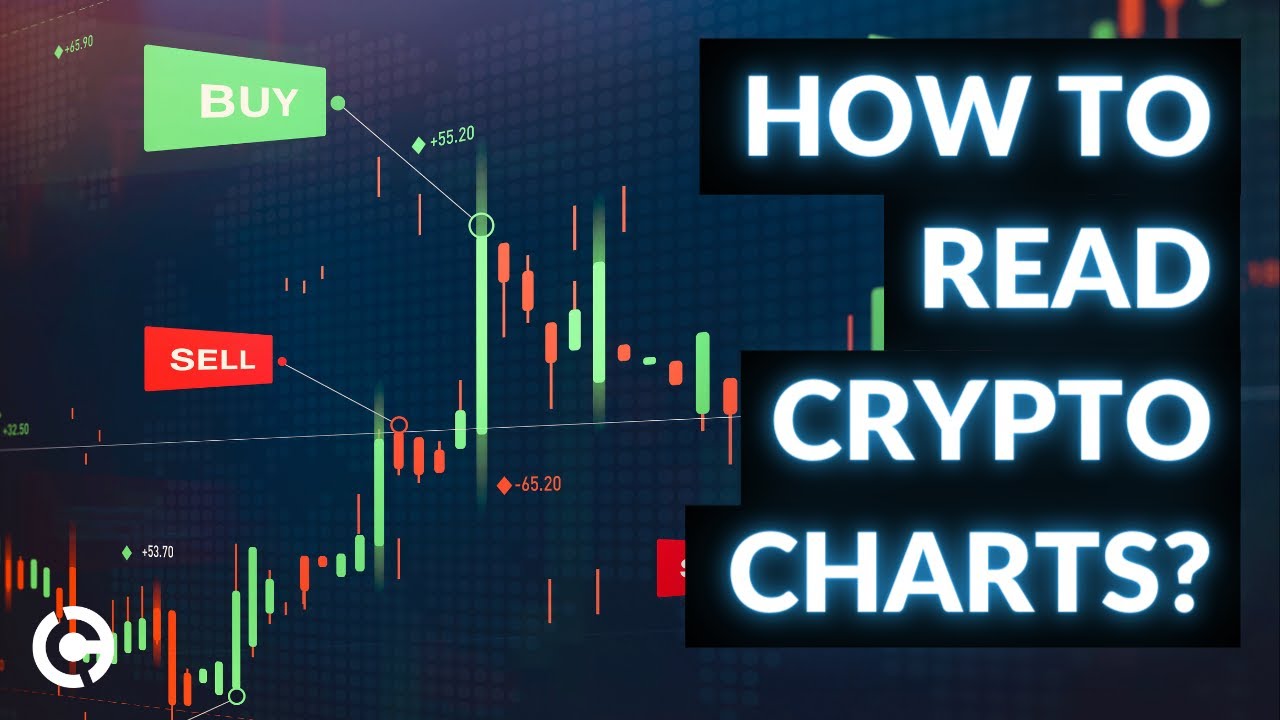Cryptocurrencies have revolutionized the financial landscape, offering new investment opportunities for enthusiasts and investors alike. As the crypto market continues to evolve, understanding how to read and analyze crypto charts becomes crucial for making informed decisions. In this article, we will explore the art of reading crypto charts, providing you with valuable insights and strategies to navigate the dynamic crypto market effectively.
Table of Contents
- Reading Crypto Charts: An Overview
- Types of Crypto Charts
- Key Indicators for Reading Crypto Charts
- Strategies for Reading Crypto Charts
- FAQs
- What are the most common crypto chart types?
- How do candlestick charts differ from bar charts?
- What is the significance of moving averages in crypto trading?
- How can Fibonacci retracement levels be used effectively?
- What is the RSI indicator used for in crypto charts?
- What are some popular crypto trading strategies?
- Conclusion
Reading Crypto Charts: An Overview
Before diving into the intricacies of reading crypto charts, let’s first understand what these charts represent and why they are essential for cryptocurrency traders.
Cryptocurrency charts visually depict the price movements of digital assets over specific periods of time. By analyzing these charts, traders can identify patterns, trends, and potential support and resistance levels. This information enables them to make informed decisions about buying, selling, or holding their crypto assets.
Types of Crypto Charts
There are several types of crypto charts available, each providing unique insights into price movements. Understanding these charts is fundamental to your ability to interpret market trends effectively.

Line Charts
Line charts are the most basic type of crypto chart, depicting a simple line connecting the closing prices of an asset over a given period. This chart provides a bird’s-eye view of the asset’s price movement but lacks detailed information compared to other chart types.
Candlestick Charts
Candlestick charts are widely used in crypto trading due to their rich and detailed representation of price action. Each candlestick represents a specific time period and displays the asset’s open, high, low, and closing prices. The body of the candlestick is filled or hollow, indicating whether the price has risen or fallen over the given period.
Bar Charts
Bar charts display the same information as candlestick charts but in a different format. Each bar represents a specific time period, with the height of the bar indicating the trading range and horizontal lines on the sides representing the opening and closing prices.
Renko Charts
Renko charts focus solely on price movements, filtering out time-related elements. Each brick on the chart represents a price movement of a predefined value, making it easier to identify trends and reversals.
Point and Figure Charts
Point and Figure charts are unique in that they eliminate time entirely and only display significant price movements. These charts use Xs and Os to represent rising and falling prices, making it easier to identify critical support and resistance levels.
Key Indicators for Reading Crypto Charts
To gain a deeper understanding of crypto price movements, traders often rely on technical indicators. These indicators offer valuable insights into market trends and help identify potential entry and exit points.
Moving Averages
Moving averages smooth out price data, providing a clearer picture of the underlying trend. The most common types are the Simple Moving Average (SMA) and the Exponential Moving Average (EMA).
Relative Strength Index (RSI)
The RSI is a momentum oscillator that measures the speed and change of price movements. It oscillates between 0 and 100, with values above 70 indicating overbought conditions and values below 30 indicating oversold conditions.
Bollinger Bands
Bollinger Bands consist of a simple moving average and two standard deviation lines. They help traders identify periods of high and low volatility, which can be crucial for decision-making.
Fibonacci Retracement
Fibonacci retracement levels assist traders in identifying potential support and resistance levels based on the Fibonacci sequence, a series of numbers with unique mathematical properties.
MACD (Moving Average Convergence Divergence)
MACD is a versatile indicator that combines moving averages to show the relationship between short-term and long-term price trends. It also includes a histogram to display changes in momentum.
Strategies for Reading Crypto Charts
Now that we have explored the essential elements of crypto charts and technical indicators, let’s delve into some strategies to help you make more informed trading decisions.
Trend Following
One popular approach is trend following, where traders identify and follow the prevailing market trend. This involves analyzing moving averages, trendlines, and other indicators to determine the overall direction of the market.
Support and Resistance Trading
Support and resistance levels are critical price points on a chart, indicating where the price is likely to encounter barriers. Traders can use these levels to determine entry and exit points for their trades.
Breakout Trading
Breakout trading involves identifying chart patterns where the price breaks through a significant support or resistance level. Traders aim to capitalize on the momentum generated by such breakouts.
Swing Trading
Swing trading involves taking advantage of price swings within a trend. Traders hold positions for a few days or weeks, profiting from short- to medium-term price movements.
Scalping
Scalping is a high-frequency trading strategy where traders aim to profit from small price movements throughout the day. This approach requires quick decision-making and execution.

FAQs
What are the most common crypto chart types?
The most common crypto chart types are line charts, candlestick charts, bar charts, Renko charts, and point and figure charts.
How do candlestick charts differ from bar charts?
Candlestick charts provide more detailed information, displaying open, high, low, and closing prices in a visually appealing manner, while bar charts focus on the same data in a different format.
What is the significance of moving averages in crypto trading?
Moving averages smooth out price data, revealing underlying trends and assisting traders in making informed decisions.
How can Fibonacci retracement levels be used effectively?
Fibonacci retracement levels help identify potential support and resistance levels, aiding traders in predicting price movements.
What is the RSI indicator used for in crypto charts?
The RSI indicator is a momentum oscillator that helps traders identify overbought and oversold conditions in the market.
What are some popular crypto trading strategies?
Popular crypto trading strategies include trend following, support and resistance trading, breakout trading, swing trading, and scalping.
Conclusion
Understanding how to read crypto charts is a crucial skill for anyone venturing into the exciting world of cryptocurrency trading. By familiarizing yourself with different chart types, technical indicators, and trading strategies, you can gain a competitive edge and make more informed decisions in this dynamic market. Remember to always combine technical analysis with sound risk management practices to navigate the crypto market successfully.





